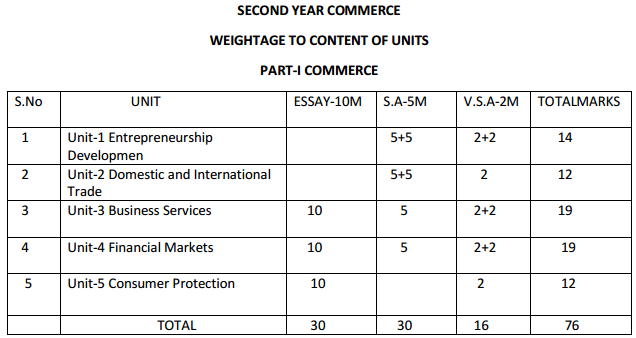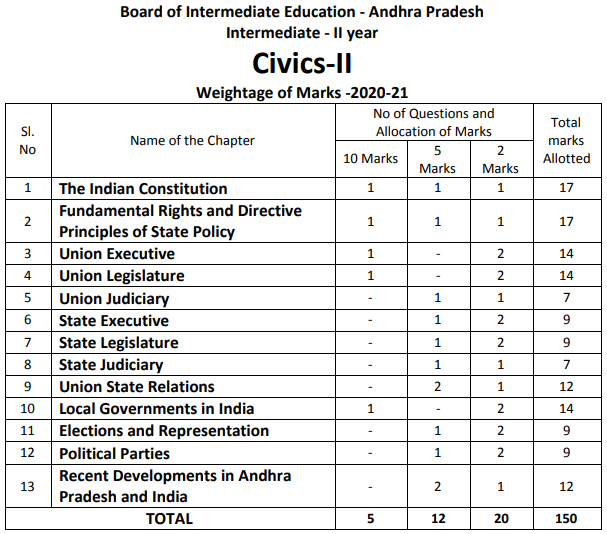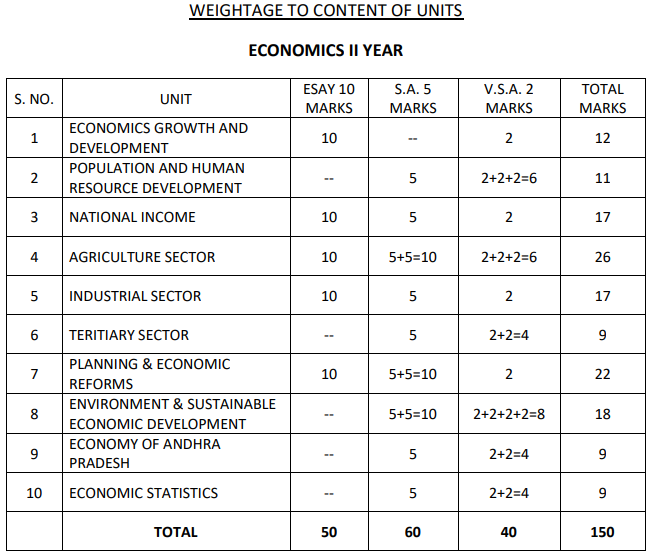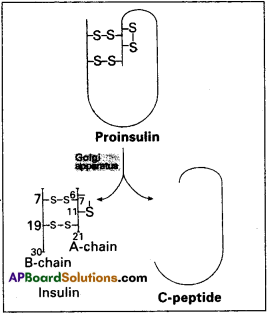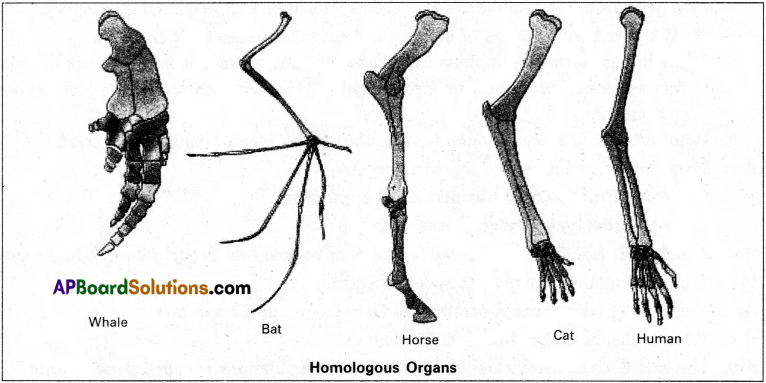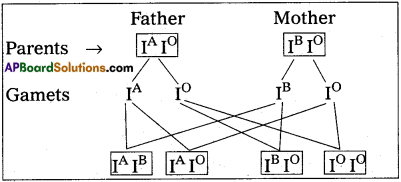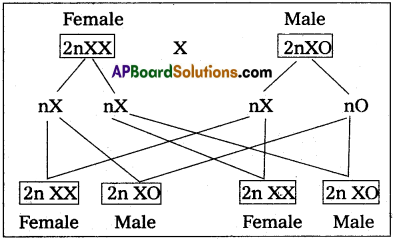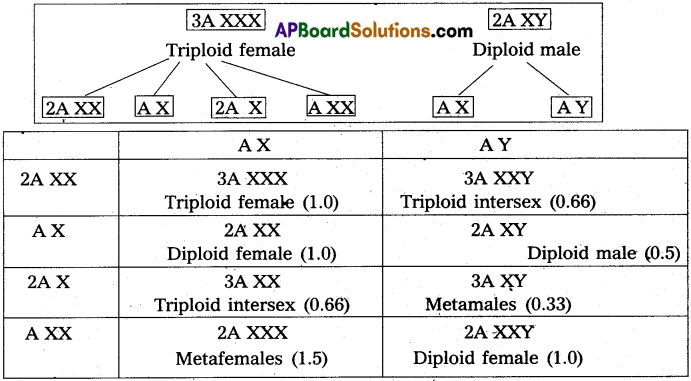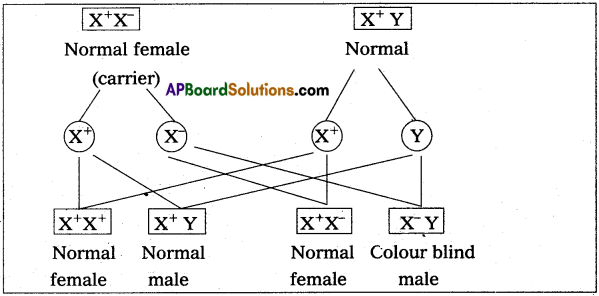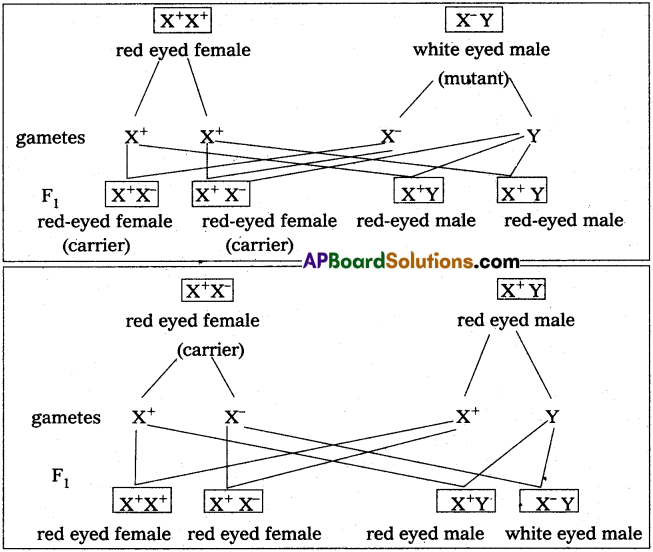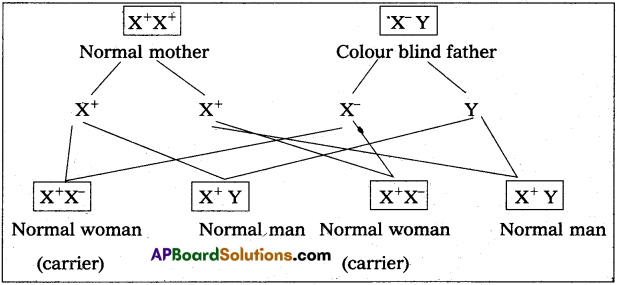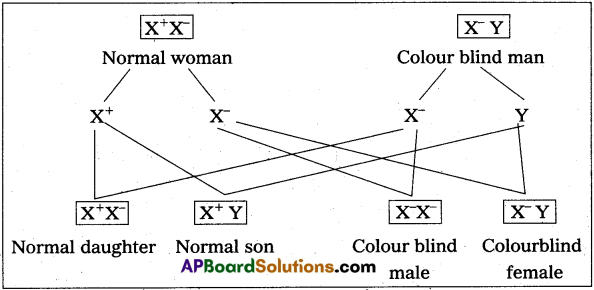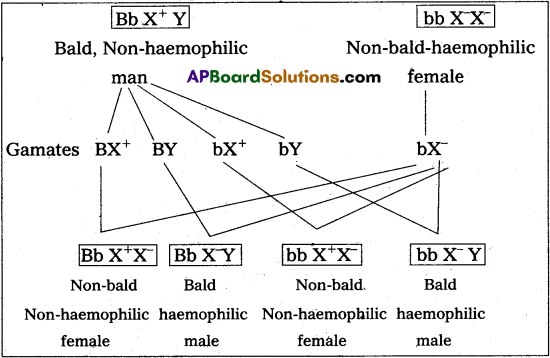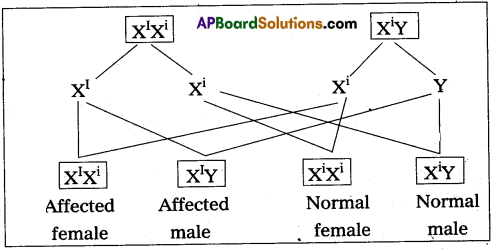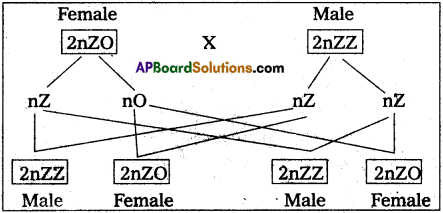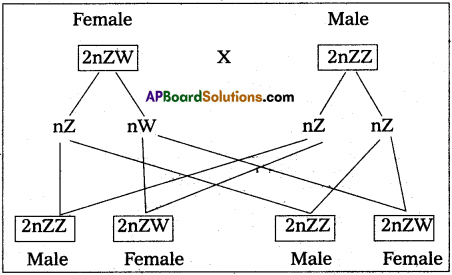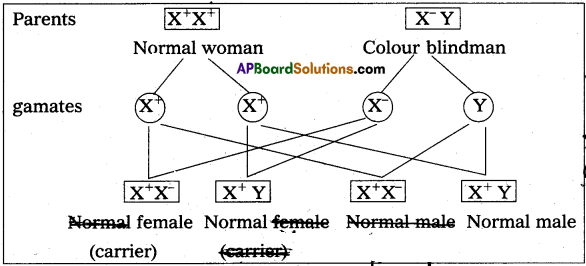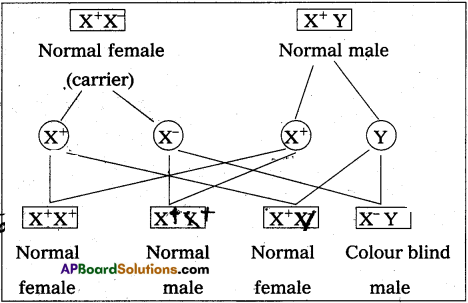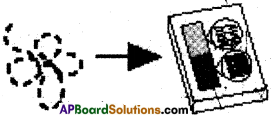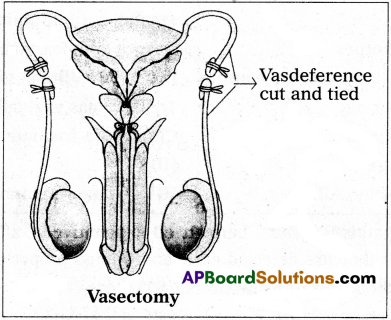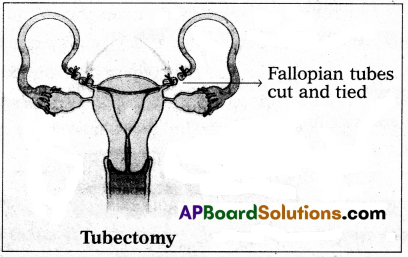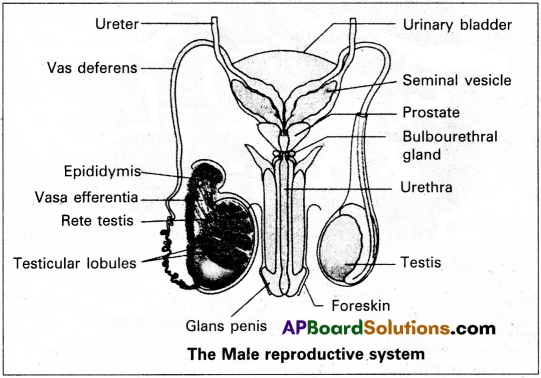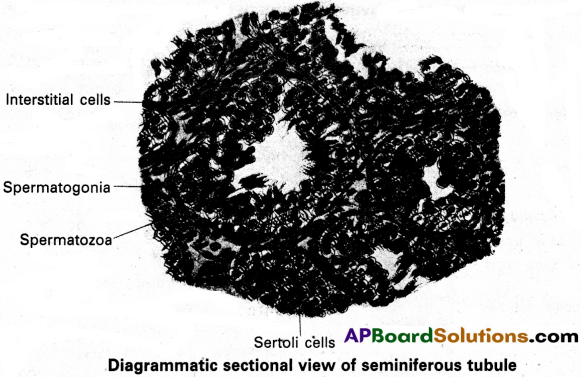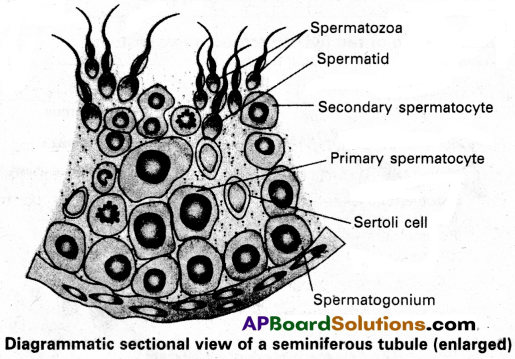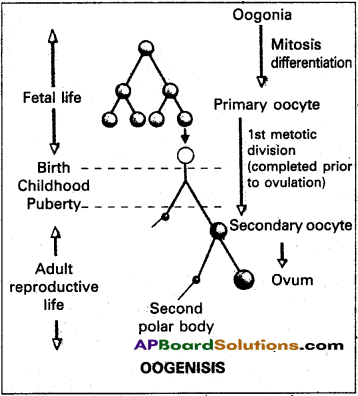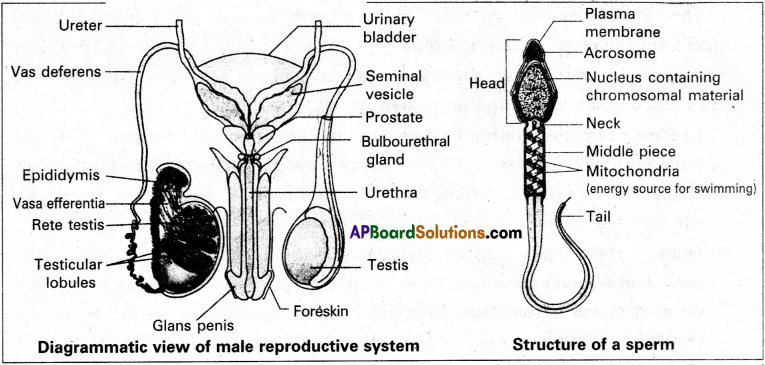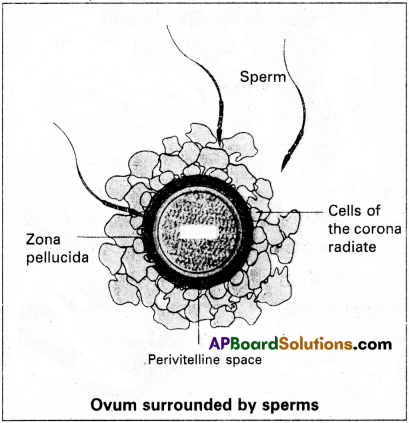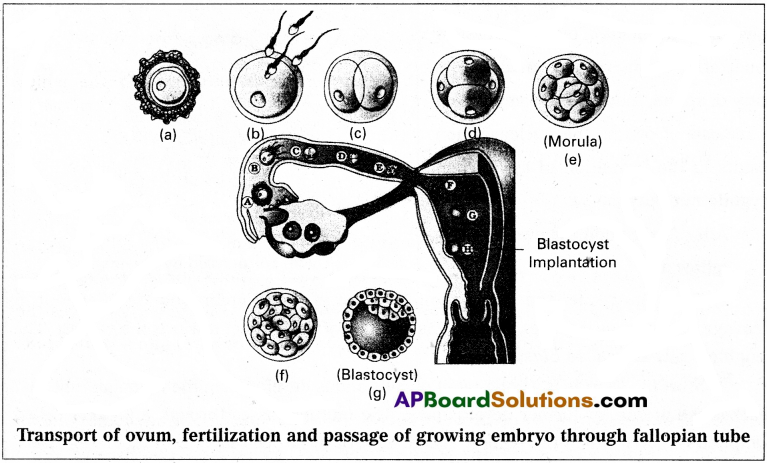Students can go through Telangana & Andhra Pradesh BIEAP TS AP Inter 2nd Year Accountancy Notes Pdf Download in English Medium and Telugu Medium to understand and remember the concepts easily. Besides, with our AP Sr Inter 2nd Year Accountancy Notes students can have a complete revision of the subject effectively while focusing on the important chapters and topics.
Students can also go through AP Inter 2nd Year Accountancy Study Material and AP Inter 2nd Year Accountancy Important Questions for exam preparation.
AP Intermediate 2nd Year Accountancy Notes
- Chapter 1 Bills of Exchange Notes
- Chapter 2 Depreciation Notes
- Chapter 3 Consignment Notes
- Chapter 4 Not-for-Profit Organizations Notes
- Chapter 5 Partnership Accounts Notes
- Chapter 6 Admission of a Partner Notes
- Chapter 7 Retirement / Death of a Partner Notes
- Chapter 8 Company Accounts Notes
- Chapter 9 Computerised Accounting System Notes
- Chapter 10 Accounts from Incomplete Records Notes
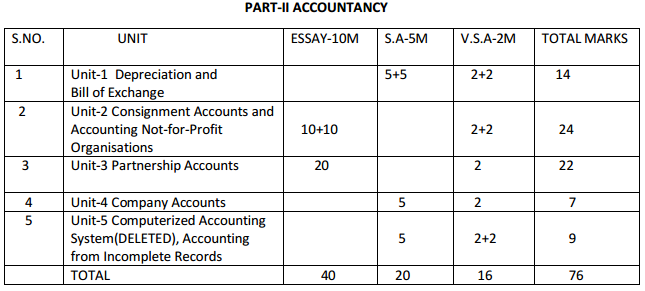
These TS AP Intermediate 2nd Year Accountancy Notes provide an extra edge and help students to boost their self-confidence before appearing for their final examinations. These Inter 2nd Year Accountancy Notes will enable students to study smartly and get a clear idea about each and every concept discussed in their syllabus.
